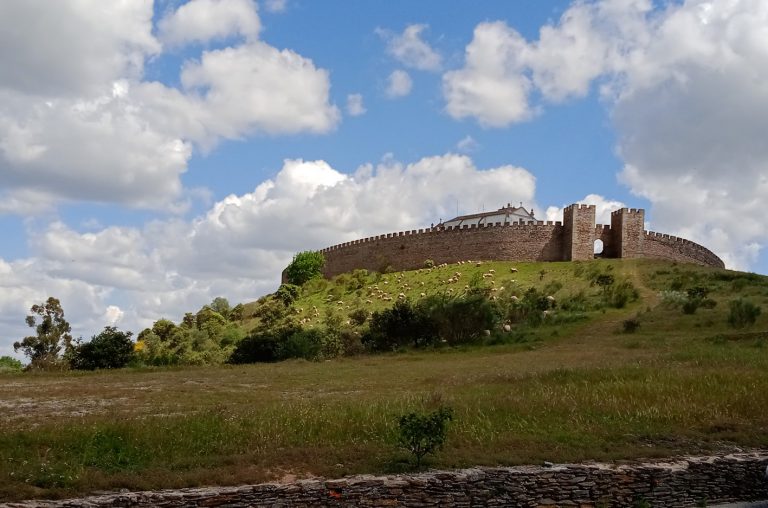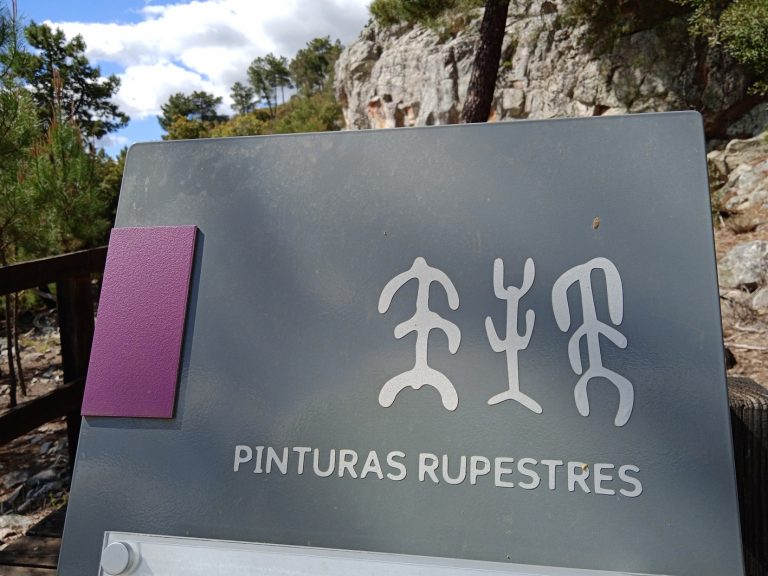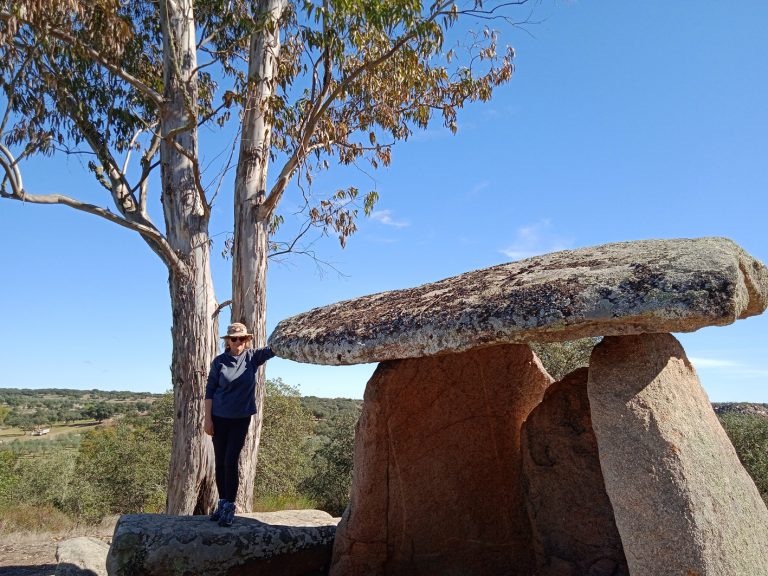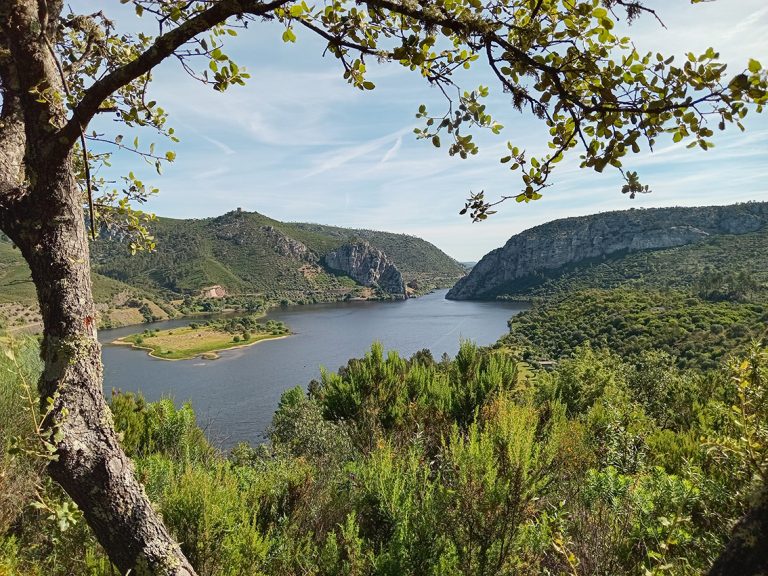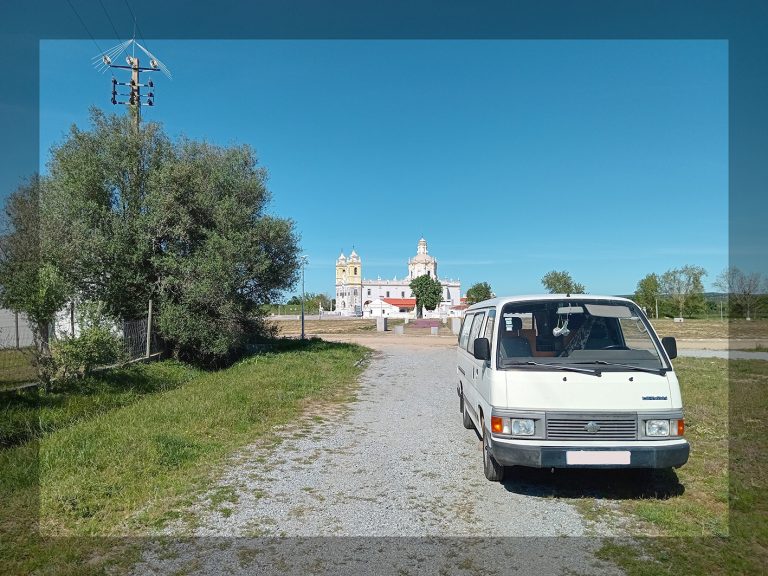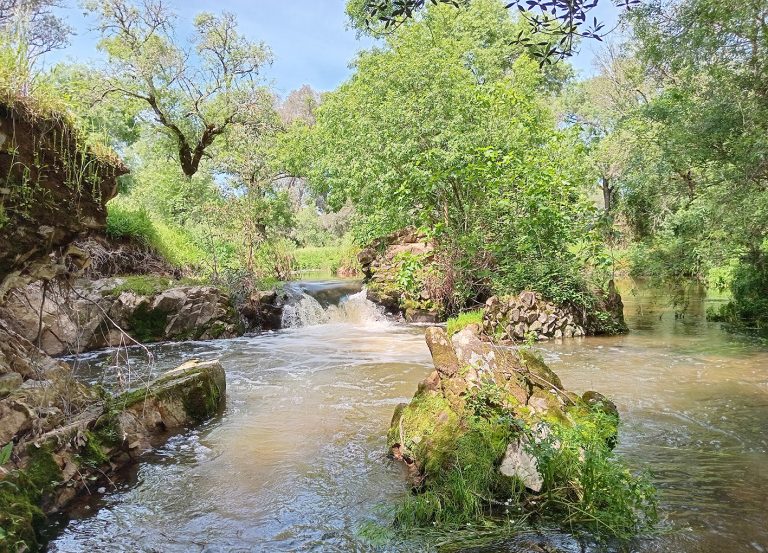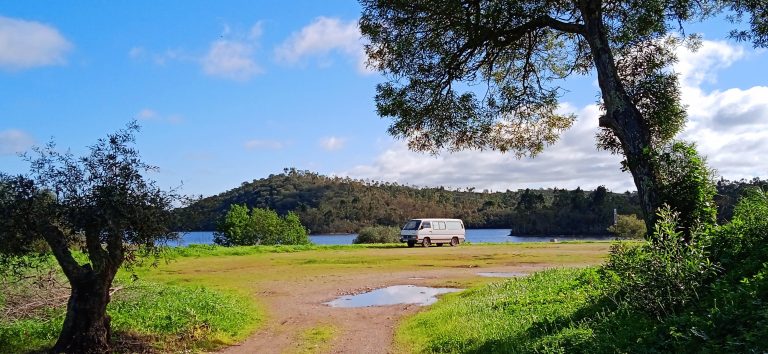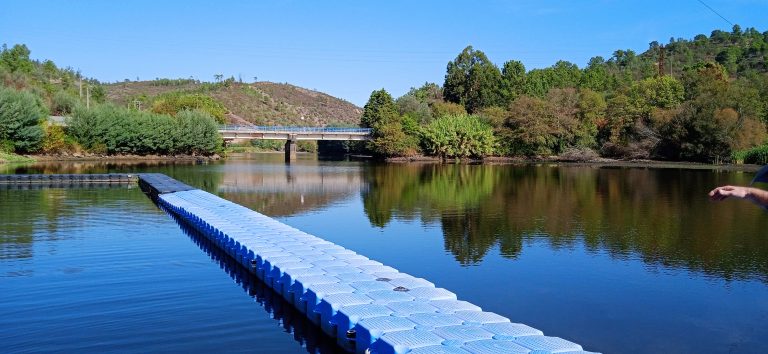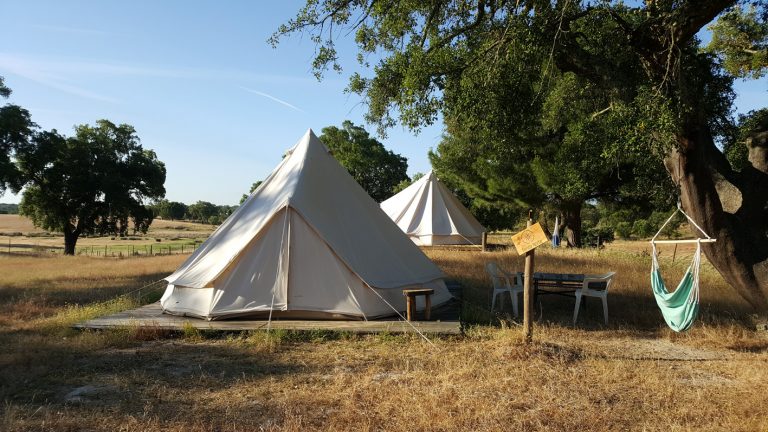As we are still only just discovering the Alto Alentejo region of Portugal, for us camping is all about experiencing new places that are not necessarily long road trips away. So in late April we drove to Vimieiro, a village that is only 30 minutes from Estremoz in the district of Arraiolos.
I was really looking forward to seeing these ‘prehistoric’ cave paintings – as I had never seen any before – until a friend pointed out that they are actually around 5,000 years old, so not really pre-historic. More like Bronze Age rock art created by hunters and gatherers.
Having been living full-time in Estremoz, Portugal, now for a year and four months, all of that time under the cloud of Covid, we were beginning to feel a little restricted. So we decided to look around for a suitable van for nights away, or to ‘pernoitar’ as the Portuguese say, and a chance to get out and explore the country.
Our second road trip in April 2024 took us north to Nisa and surroundings in upper Alentejo. We hadn’t set out to make a major trek but while visiting the tourist office we picked up a leaflet and map of PR9 Trilho da Mina de Ouro do Conhal (Hike of the Roman Gold Mines), which sets out from a little village called Arneiro close to the Rio Tejo that divides the Alentejo region from Beira Baixa.
Moving on from Alcáçovas on the second part of our road trip, we headed over to the larger neighbouring town of Viana do Alentejo, again parking at an ASA on the outskirts at the Parque Municipal Santa Joana, a lovely little park, manned by a park keeper but unfortunately no dogs allowed.
For the first road-trip of the year in our van we didn’t want to venture too far from home. The weather was forecast to reach 30° and we were ready to try out camping in an ASA (service area for camper vans) rather than a costly campsite. So checking on the trusty Park4Night app within a 100km radius of Estremoz, we decided on the Viana do Alentejo area, and in particular Valverde and Alcáçovas. With just a little research online we soon found that we would be able to combine country hikes, nature, history, culture and good food in a short two-night stopover. Perfect!
We made the big decision to up sticks and move to Portugal in May 2019 – before Covid, before the war in Ukraine and before Brexit happened! There were both push and pull factors at play, but fundamentally we were not happy with the hedonistic lifestyle in Marbella, had recently started our relationship and therefore a new chapter in our lives, and I had lost one of my best friends who passed far too young. On the pull side, we were on a castle-viewing road-trip around central Portugal in our old ’71 WV bug and were really enjoying the towns, monuments, weather, people, food… So, over a bottle of Estremoz wine, we reached a point of re-evaluation and the thought of spending another 10-15 years working in an office (and garage) lead us both to make a major change.
The Alentejo region of Portugal is the largest by area in the country, and it stretches all the way north to the River Tagus (Tejo), that flows into the sea at Lisbon. Having heard there were some great river beaches and passadiços (wooden walkways) to explore, we decided to take a trip to Alentejo Alto to see for ourselves. Only an hour and a half’s drive from Estremoz, we trundled off in the ‘bus’ to the municipal campsite at Ortiga, which is a small village that falls under the municipal district of Gavião.
As most of Portugal is slowly coming out of lockdown, we decided it was time to venture out and explore the local countryside a little better. It was also our five-year anniversary and a good excuse to dust off Olive, our 1971 VW beetle, and enjoy a little bit of a road trip.

